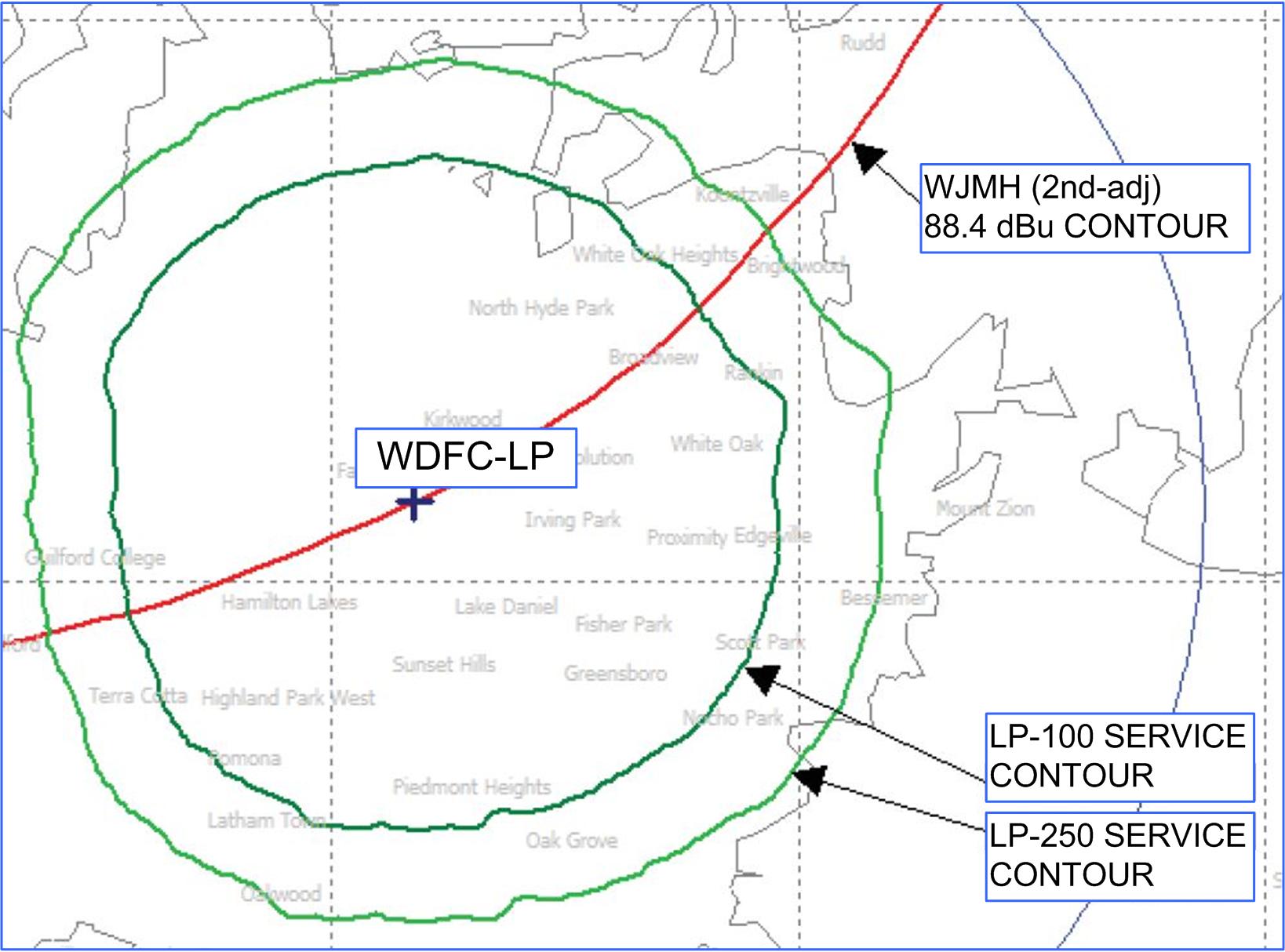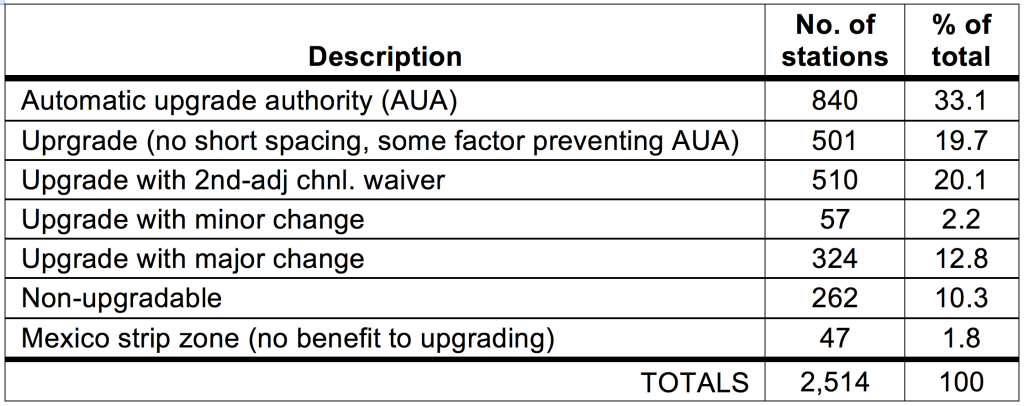Low-power FM Proponents Seek Power Increase
Low-power FM (LPFM) stations are increasing in number as a result of the FCC’s October 2013 filing window for new LPFM applications. The most recent “ Broadcast Totals” published by the FCC (dated March 31, 2015) show 1,029 licensed LPFM stations which is an increase of 255 from one year earlier, and many more can be expected since, according to the Media Bureau, 2,826 new LPFM applications were filed in 2013.
Currently, LPFM stations are authorized for 100 watts ERP (“LP-100”), but on May 15, 2015 the FCC released for comment a Petition for Rulemaking seeking to increase this to a maximum of 250 watts (“LP-250”). REC Networks, an LPFM advocacy group which also provides broadcast engineering services to LPFM broadcasters, submitted this petition which in addition to asking for a power increase, also requests that the FCC make additional rule changes favorable to the LPFM service at the expense of additional potential interference to full-power FM stations and a reduction in future availability of FM translators. REC’s primary justification for the Petition is to better enable LPFM signals to penetrate inside buildings and automobiles. Comments on this Petition are being accepted by the FCC until June 15, 2015.

The figure above, taken from Appendix A of the Petition, shows an example of the impact of increasing the LPFM power from 100 to 250 watts for station WDFC-LP, Greensboro, NC. Also shown in the figure is the 88.4 dBu contour of 2nd-adjacent full-power station WJMH, Reidsville, NC (class C0, 102.1 MHz). Here are some of the details of the proposed rule changes (page numbers refer to the Petition document):
- (Page 11) REC proposes a new class of service for LPFM. This service will be allowed to operate at a maximum of 250 watts at 30 meters height above average terrain (“HAAT”) which will result in a service contour of 7.1 kilometers. Under the new LP-250 class of service, LPFM stations may operate at a minimum of 101 watts at 30 meters HAAT with a service contour exceeding 5.6 kilometers and up to 7.1 kilometers;
- (Page 13) REC proposes that if a short-spaced LP-100 station wishes to upgrade to LP-250, they will need to make a technical showing that the interfering contour of the proposed upgraded LPFM facility will not overlap the service contour of the full-service contour;
- (Page 14) REC proposes that all requests for an upgrade to LP-250 that already has or will result in a new second-adjacent channel short spacing must be accompanied by a request for a waiver of §73.807 of the Commission’s Rules in respect to the short-spaced second adjacent channel station(s). The waiver request would need to include a technical study that either shows that the second-adjacent channel interfering contour of the upgraded LPFM station would not overlap the service contour of the shortspaced station or a demonstration of no interference which can include such items as a map of the proposed interference area, a tower diagram, a satellite or aerial photograph, the antenna manufacturer’s vertical radiation pattern and/or any details about any nearby structures or major roadways. This will mean that LP-100 stations already on a waiver would have to ask for a new waiver to upgrade to LP- 250;
- (Page 26) To help expedite the process to allow for LP-100 stations to be permitted to upgrade to LP-250, REC proposes that an automatic upgrade authority (“AUA”) be given to LPFM stations that meet specific criteria. Under AUA, LP-100 stations would be given a period of time (such as 180 days) to voluntarily upgrade their stations to LP-250;
- (Page 32) Currently, FM translators are only required to protect LPFM stations on co-channel and first adjacent channels while LPFM stations are required to protect FM translators on co-channel, first adjacent and second-adjacent channel. REC proposes that FM translators now be required to protect LPFM stations on second adjacent channels as well.
Also included in the Petition is a table which estimates the number of LPFM stations that would likely be eligible for upgrading to the LP-250 service:
Comments on this Petition (due June 15, 2015) may be filed electronically:Visit the FCC’s Electronic Comment Filing System (ECFS) web page at http://apps.fcc.gov/ecfs/upload/display;
- Visit the FCC’s Electronic Comment Filing System (ECFS) web page at http://apps.fcc.gov/ecfs/upload/display;
- Enter Proceeding Number RM-11749;
- Provide the requested contact information, note that comments may be filed by anyone and an attorney is not required (if no attorney then simply leave this information blank);
- Under “Details” the only information required is Type of Filing: COMMENT;
- Provide the requested address information;
- Under “Documents” choose the file containing your prepared comments – it is best to submit this in Adobe Acrobat (.pdf) format;
- Click on CONTINUE which brings up a page for review;
- Click on CONFIRM to submit your Comments.


